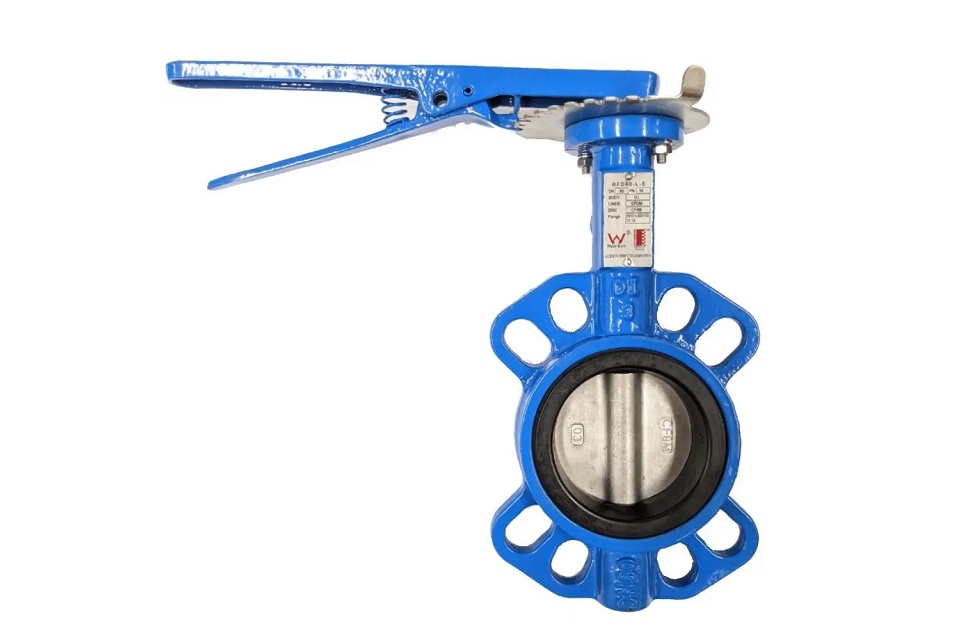Quarter-turn valves play a pivotal role in fluid regulation across various industries. These versatile valves offer efficient and precise control over fluid flow, making them essential in numerous applications. This article will delve into the significance of quarter-turn butterfly valves, their working principle, diverse applications, and the benefits they bring to fluid management systems.
Table of Contents
Working Principle & Mechanism
The working principle of quarter-turn valves is simple yet effective. This is designed with a circular disc that is mounted on a rod known as the stem. When it is in the closed position, the disc blocks the flow of fluid. Conversely, when the regulator is fully open, the disc is parallel to the flow direction, allowing unrestricted fluid passage. The quarter-turn motion of the disc, facilitated by the stem, ensures rapid and responsive control over fluid flow rates.
Applications Across Industries
- Water Treatment: These are essential for controlling the flow of water and chemicals during purification procedures in water treatment plants.
- Oil and Gas: In pipelines and processing plants, these valves are essential for managing the flow of crude oil, refined goods, and natural gas.
- HVAC Systems: In heating, ventilation, and air conditioning systems, it aids in controlling the flow of air and water to provide ideal temperature management.
- Food and Beverage: In the food industry, these valves regulate the flow of liquids such as dairy products, beverages, and sauces during production and packaging.
- Chemical Processing: These are used to handle various chemicals, provide precise control over flow rates, and prevent leaks.
Benefits Of Quarter Turn Valves
The adoption of it offers several benefits that contribute to efficient fluid regulation:
- Efficient Flow Control: It provides efficient flow control due to its simple yet effective design. Their quarter-turn operation allows for quick, and they are perfect for applications that call for quick flow adjustments since they allow for exact flow rate modification. The disc’s 90-degree rotation opens or closes the valve, minimizing pressure drop and optimizing flow performance.
- Space and Weight Savings: It offers space and weight savings compared to traditional valve types. Their compact design and lightweight construction make them suitable for installations with limited space or weight restrictions. The streamlined body and simplified components contribute to reduced overall dimensions, allowing for more efficient use of available space.
- Low Operating Torque: It requires relatively low operating torque for efficient operation. This low torque requirement is due to their design, where the disc pivots on a central axis to control the flow. This feature reduces the strain on the actuator or handle and enhances its responsiveness, enabling quick and easy operation even in situations with limited manual force.
- Cost-Effective Solution: These are cost-effective options for various industries. Their simple design and reduced number of parts translate to lower manufacturing and maintenance costs. Additionally, their efficient flow control capabilities contribute to energy savings, making them economically advantageous over the long term.
- Versatile Applications: It finds applications in diverse industries, including water treatment, HVAC, chemical, and oil and gas. Their versatility stems from their ability to handle a wide range of fluids, gases, and semi-solid materials. Appropriate lining and sealing materials can withstand corrosive environments, further expanding their usability.
Conclusion
In the world of fluid regulation, quarter-turn butterfly valves stand out as indispensable tools for achieving precise control over fluid flow. Their straightforward yet effective working principle, versatility, and application across various industries showcase their importance. As technology advances, these are likely to continue evolving, offering even more efficient and innovative solutions for fluid management systems.



